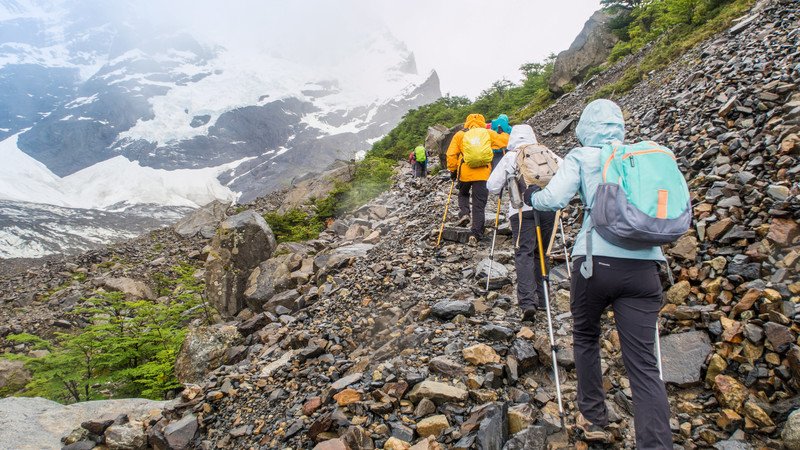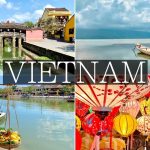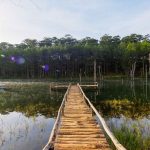
Trekking and what you need to know
Have you had any idea about trekking and more importantly about what to be packed for a long trek while you intend to give it a try? Trekking is available to anyone; you just have to be sensible and work a bit for it. Here is some information what may be helpful for you.

Although many people still talk about trekking as if it is similar hiking or mountaineering, the truth is that there are many differences among those activities. Unlike hiking, trekking will last in two or more days instead of a half of the day or one day, so camping is surely required in case there is no available accommodation, and you need to prepare for a full gear list. While mountaineering is indeed challenging as you can climb across extremely tough terrains and severe weathers, such as ice, large cracks on ice, snow storms, and even glaciers, trekking is easier to overcome “obstacles” which may be narrow long trails, rocks blocking your way, prickle trees at two sides, and shallow springs.
Gear checklist for trekking:
Backpack
On almost all of our trekking trips, you won’t be carrying your main pack, but you will need to carry a small daypack, packed with essentials like your camera, snacks, sunscreen, water and wet-weather gear. So with all your days/weeks/months of training, make sure you’re challenging yourself with a weighted bag. If you really want to push it, pack your bag with a few extras, so it’s a little heavier than what you’re planning to hike with on the trip – it’ll make the eventual trek feel like a walk in the park (chortle).
Trekking shoes
Your feet are your most crucial body part on a trek, and it doesn’t take much to keep them in toe-tappingly tip-top shape. First, invest in a pair of good-quality, water-resistant hiking boots; you want plenty of support and ventilation too. Then, wear them in. How do you do this? Wear ‘em everywhere. On your training runs, on walks to the shops, to work, to formal events (well, maybe not). You get the idea though; by wearing them in as much as possible in the weeks and months leading up to the trek, it’ll help avoid blisters, bunions and lost toenails. Then, stock up on a few pairs of really good hiking socks (preferably a wool/nylon blend), that will wick moisture and keep your feet dry. If you want to get a bit crazy, wear two pairs while walking to minimise your chance of blisters.
Knife
Do not neglect this advice because carrying a knife with you is definitely helpful in some bad case. Besides, the knife is like a tool to feed you with fruits en route.
Water bottles & food
It’s SO important you’re stocked with enough water and food during a trek (hydration is key!). Nuts, dried fruit, muesli bars and chocolate are all good, quick sources of energy and protein; keep a selection of these healthy snacks in your daypack. Also, bring along a reusable canteen; alpine streams are usually a great source of fresh water, but our guides provide boiled (and cooled) water daily throughout your trek. While you’re in training-mode, try to eat and drink ‘on the go’ as much as you can, so your body can get used to digesting during strenuous exercise.
Tents and sleeping bags
Taking a rest is the best way to recover your energy so that your many-day trek can continue in the next morning. Sleeping outside requires you to prepare the good equipment, such as tents and sleeping bags since those will help you avoid insects and severe frost. It is better to pack the lightweight tents and sleeping bags, making you comfortable to carry while trekking.
Compass and map
Getting lost is what you never expect during the trekking trip, but if it occurs, a compass and a map are like water you find in a vast desert. You will always be confident if bringing those with you.
First aid kit
Of course, you will not carry a whole first aid kit, but just part of it, such as, adhesive bandages, hydrogen peroxide, cotton swabs, iodine and cotton balls.
Torch
When the dark covers the skype of your trekking trail, everything seemingly becomes uncertain. At that time, a torch is indeed helpful and makes you feel safer.
Smartphone
Instead of a compass and a map, a smartphone is a great device if you are lost along the way. Therefore, make sure that it is always full charged.
Camera
To save unforgettable experiences and beautiful landscapes while trekking, a camera is actually essential. Sometimes, there are several natural images you must catch as an achievement from the trip; hence, the device should be packed.
Rope
At times climbing may be a necessary activity, so it is better to prepare a strong rope. Additionally, the rope is also used for setting up your tents or wrapping your food.




